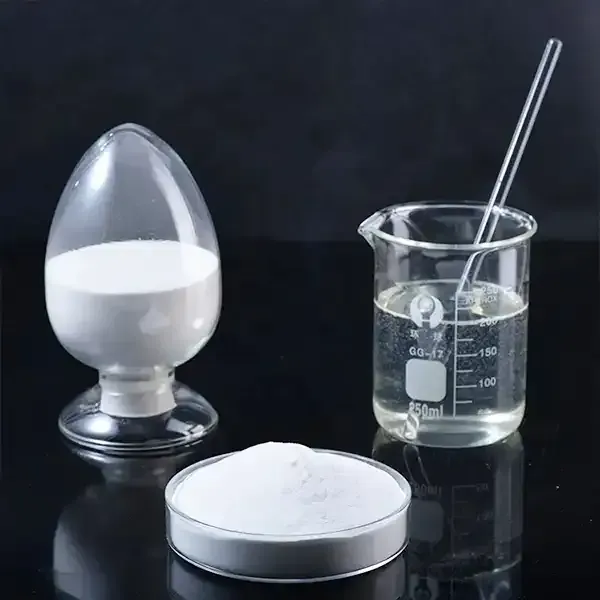The Importance of Chemical Composition in Tile Adhesives
When it comes to the installation of tiles, the choice of adhesive plays a crucial role in the overall performance and durability of the flooring or wall surface. The chemical composition of tile adhesives — specifically their percentage of various components — can significantly influence their bonding strength, flexibility, and resistance to environmental factors. Understanding these components can help both professionals and DIY enthusiasts make informed decisions about which tile adhesive to use for specific applications.
Tile adhesives are typically composed of a mixture of polymers, cement, sand, and various additives, each serving a specific purpose. The chemical makeup of these components varies widely among different products, allowing for a range of applications, from ceramic tiles in residential settings to heavy-duty installations in commercial environments.
1. Polymer Content
One of the most significant factors in tile adhesive performance is the percentage of polymers present in the formulation. Polymers enhance the flexibility and elasticity of the adhesive, which is particularly important in environments where temperature fluctuations may occur. The polymer-modified tile adhesives contain approximately 10-20% polymer content, which improves the adhesive’s ability to withstand movement and vibrations, reducing the risk of cracked tiles. This is especially crucial in areas prone to moisture, such as bathrooms and kitchens, where the adhesive must also provide waterproofing.
2. Cement and Aggregate Proportions
Cement serves as the primary binding agent in tile adhesives. The chemical composition of the cement chosen can vary, with portland cement being the most common. Typically, tile adhesives consist of 50-70% cement by weight. The aggregate, often composed of fine sand, contributes to the adhesive's bulk and stability. The ratio of these components can affect the adhesive's shear strength and setting time. A higher concentration of cement usually results in stronger adhesion but can lead to a longer curing time, which might not be ideal for projects requiring quick installation.
3. Additives and Their Functions
chemical for tile bond

In addition to the main components, tile adhesives often contain various additives that enhance performance characteristics. These may include
- Thickeners To improve consistency and prevent sagging during application. - Retarders To increase working time in hot environments. - Accelerators To speed up the curing process in cooler conditions. - Waterproofing agents To provide additional resistance to moisture.
Each of these additives can make up 0.5-5% of the total formulation, depending on the desired characteristics of the adhesive. The strategic inclusion of these chemicals is what allows manufacturers to tailor products for specific conditions and tile types.
4. Environmental Considerations
Another aspect to consider is the environmental impact of the chemical composition of tile adhesives. Some adhesives include eco-friendly materials, reducing harmful emissions and promoting sustainability. Recognizing the percentage of volatile organic compounds (VOCs) in these products is crucial for indoor air quality, particularly in enclosed spaces.
Conclusion
In conclusion, the chemical composition of tile adhesives is a vital element in ensuring a successful tile installation. By understanding the percentages of polymers, cement, aggregates, and additives, users can select the most appropriate adhesive for their project. Whether for residential or commercial use, the right tile adhesive can enhance the longevity and functionality of tile surfaces. As technology advances, we can expect ongoing improvements in the formulation of these adhesives, leading to even better performance and sustainability in tile installations.
-
Premium Detergent Grade HPMC Hydroxypropyl Methylcellulose: Superior Thickening & StabilityNewsAug.31,2025
-
HEC 100000 Hydroxyethylcellulose for Paint | Superior ThickeningNewsAug.30,2025
-
Wall Putty Rdp Powder Packaging DesignNewsAug.29,2025
-
Introduction to Hpmc Hydroxypropyl Methyl CellulosNewsAug.29,2025
-
Hpmc Industri Grade IntegrationNewsAug.29,2025
-
How to Choose the Right Construction AdhesiveNewsAug.29,2025




